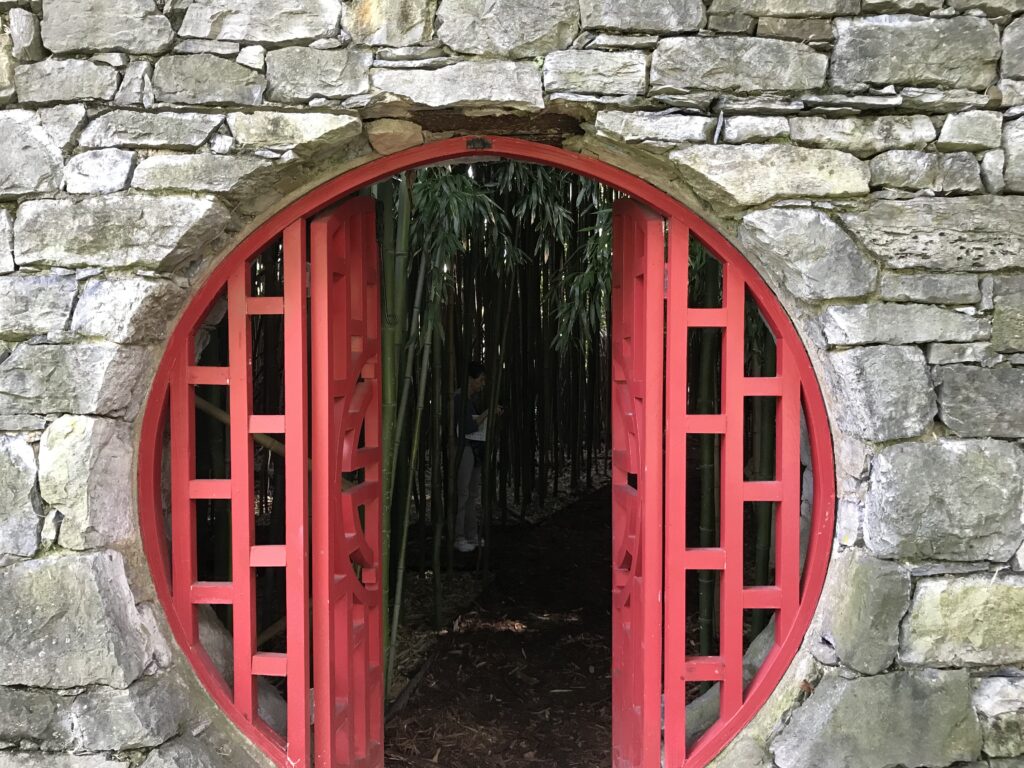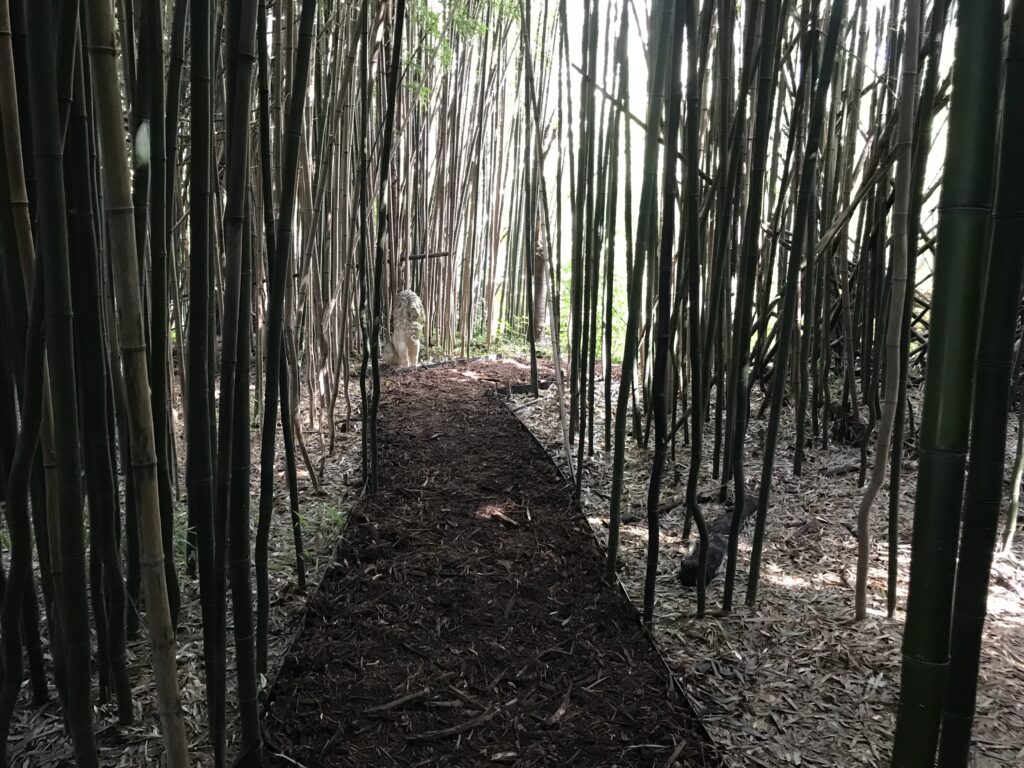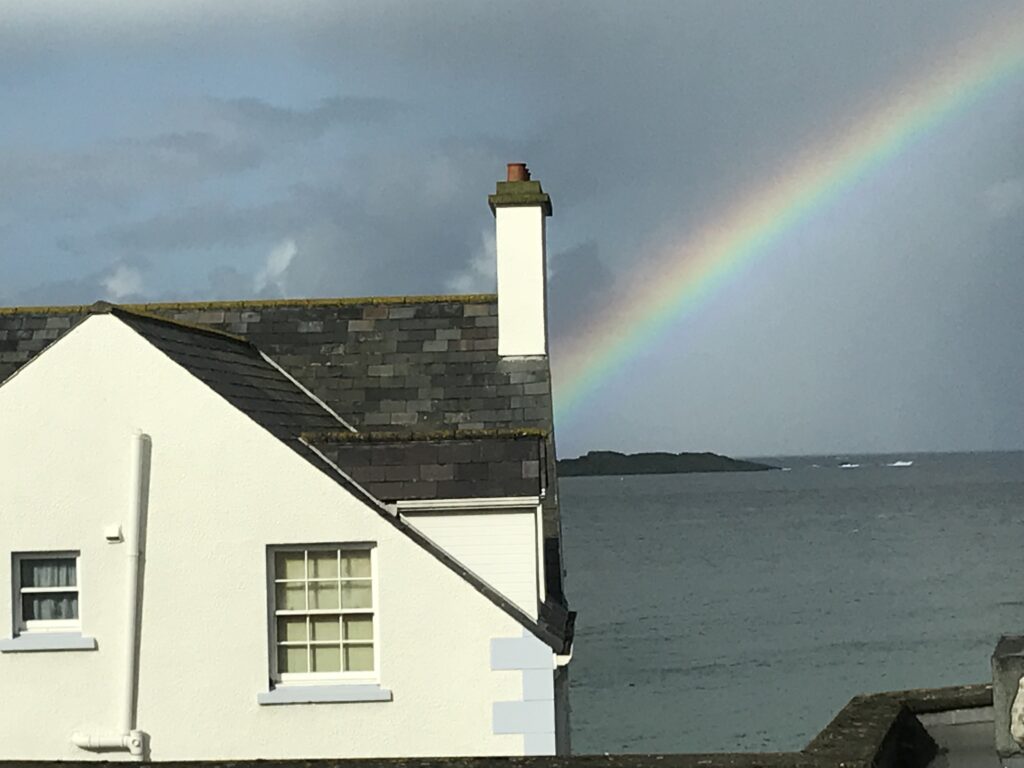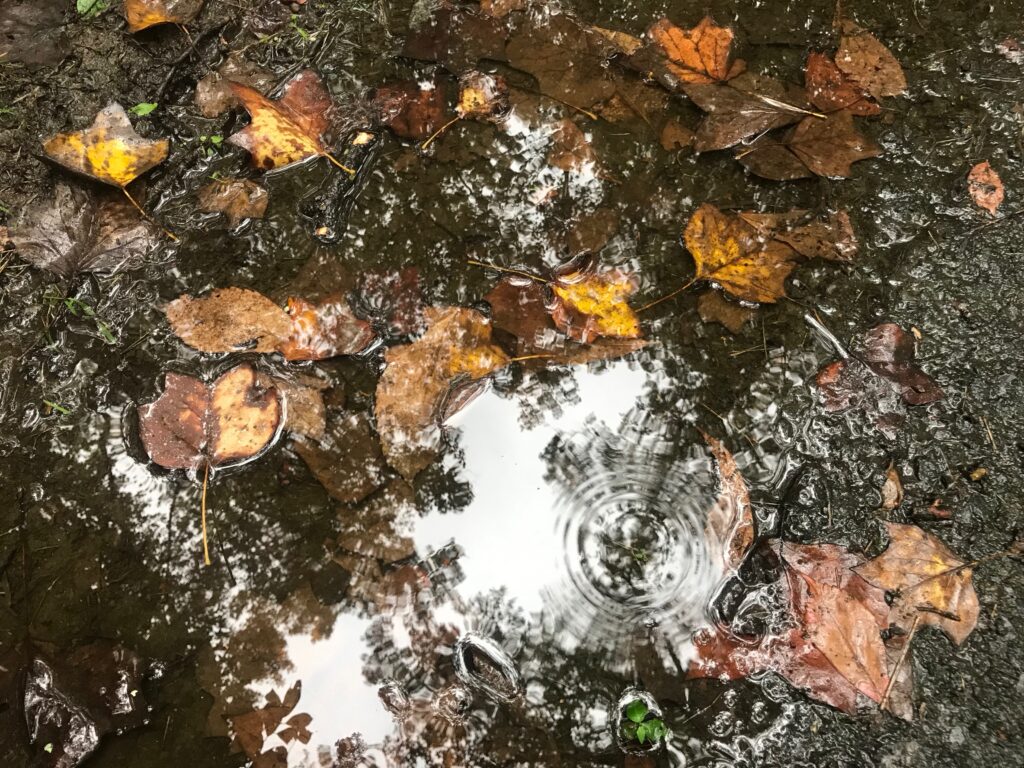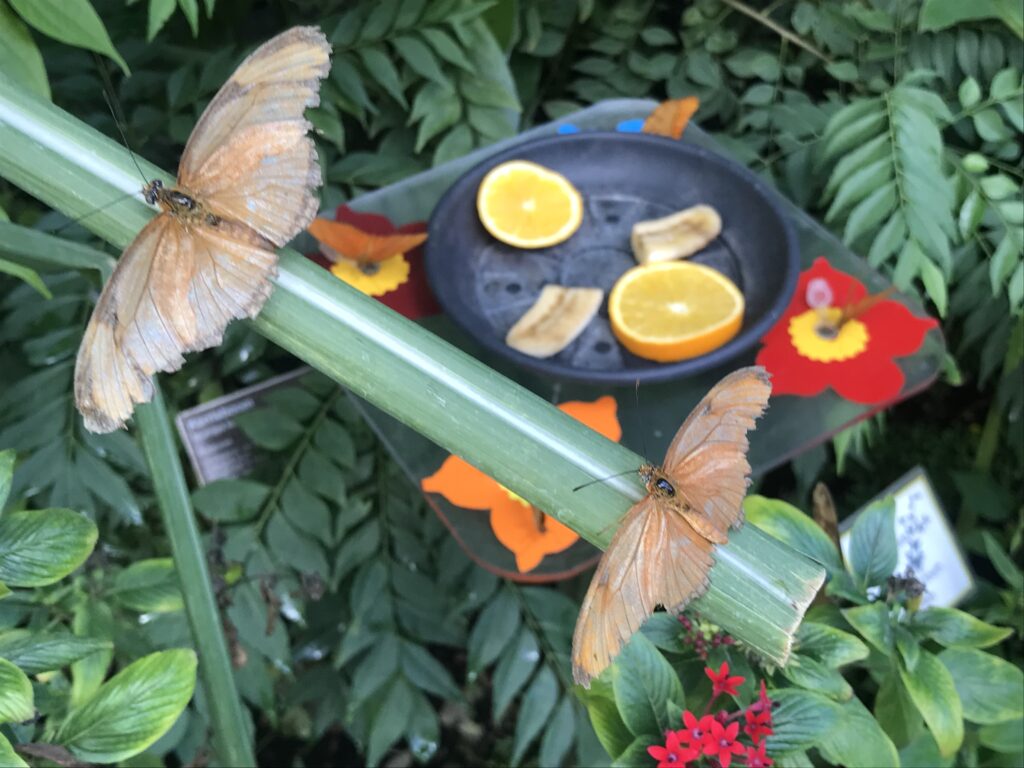Walking for Tomatoes
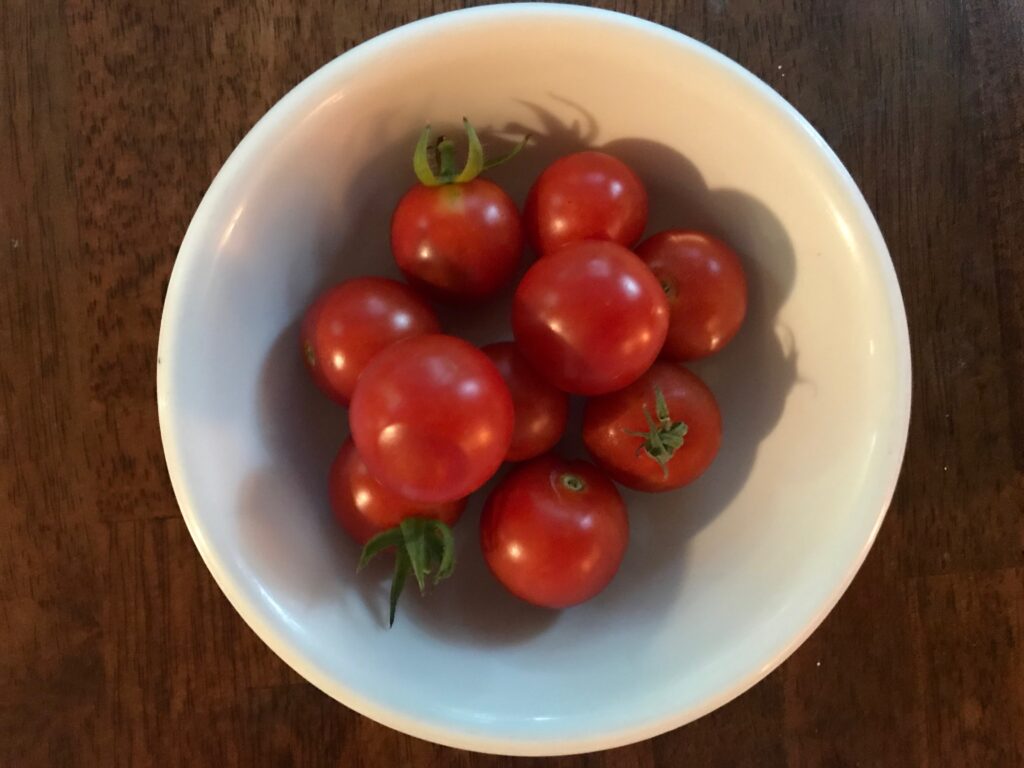
Some days, I walk to stretch my legs, to get my muscles moving. Other days, it’s mental exercise I crave. The ideas flow best when the body moves through space.
But yesterday, I walked for none of these reasons. Yesterday, I walked for tomatoes.
I took the long way around, ambled one half of a circular trail, crossed and recrossed the Glade, went up a hill and down some stairs. And, close to the end of my route, I stopped in at a farmer’s market. The tomatoes were ripe and I bought three.
What fun to stroll back to the car with my precious cargo. Not just my phone and keys (the essentials), but also with those three tomatoes.
A walk doesn’t need a reason — but if it does, tomatoes are a good one.
